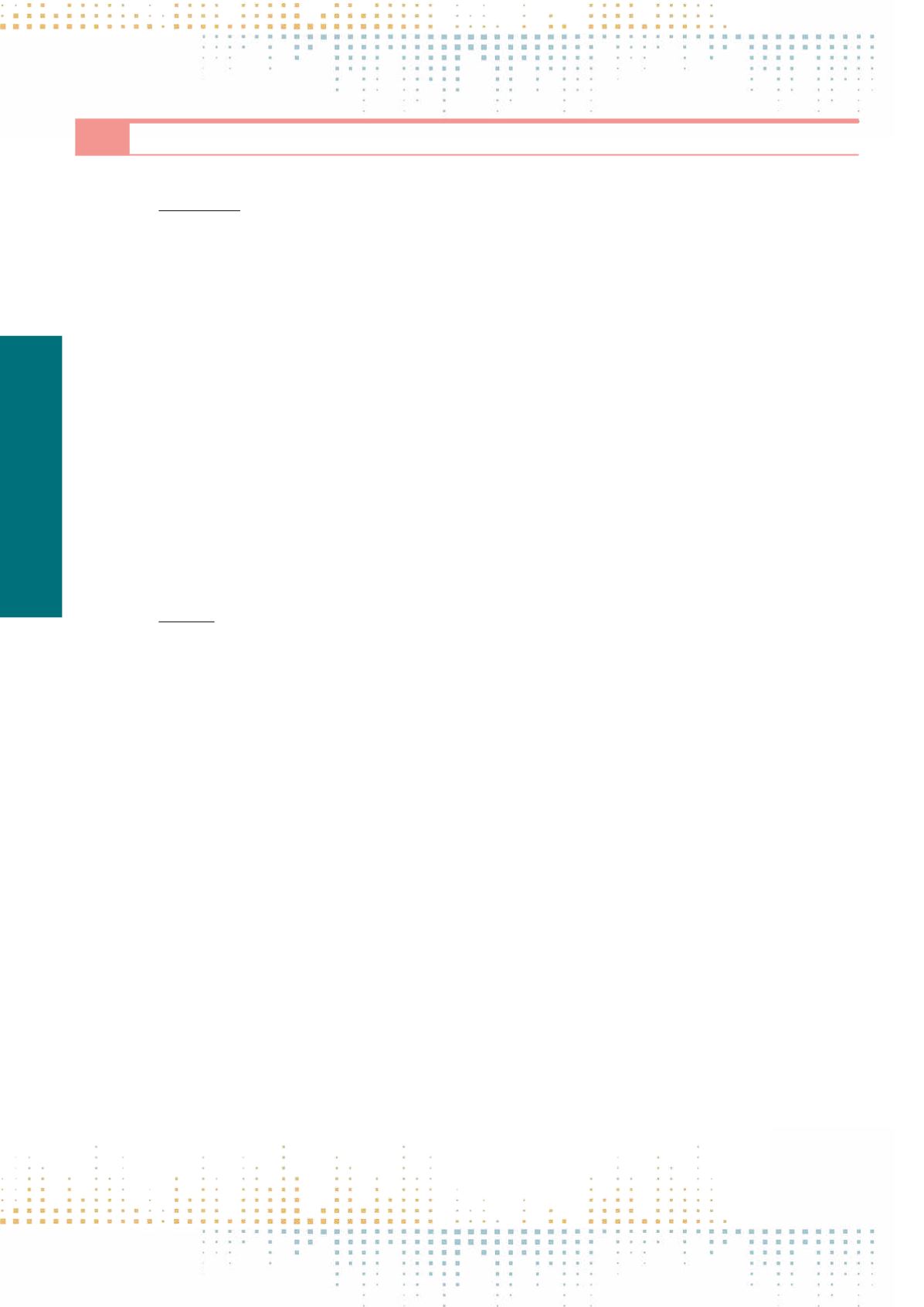

100
Friday, November 11
1 4 : 3 0 – 1 6 : 0 0
CDE PS
Poster session
PS 018
People-Oriented News versus Elite/Leader-Oriented News: Peace Journalism Approach to the Gezi Park Protests
T. Erbaysal Filibeli
1
1
Galatasaray University, PhD Program in Media and Communication Studies, Istanbul, Turkey
At the end of May 2013, Gezi Park Protests began as an environment movement against the urban development plan of Gezi Park in Istanbul. A few days af‑
ter, with the effects of social media millions of people who have concerns about their future, their freedom and the democracy; participated in the protests.
Finally, thousands occupied Gezi Park, demonstrations spread across Turkey and as a new social movement Gezi Park, took an important place in the social
and political history ofTurkey. During the protests,Turkish media failed to report what was going on at Gezi Park. At the first days of the protests, the popular
television news channels CNN Turk and NTV broadcasted documentaries (on penguins and on Hitler) instead of showing live coverage of the protests and
Turkish national newspapers mostly didn’t publish proper news about Gezi and they violated the public’s right to know. Especially, the newspapers close
to the government hesitated to cover Gezi and after a while they started to publish news about the discourses of political leaders. On June 7, 2013, seven
newspapers (Sabah, Yeni Safak, Star, Turkiye, Bugun, Zaman, Haberturk) utilized same headline about Prime Minister’s speech at the Atatürk Airport. This
situation directed us to think about the relation between media and democracy. Gezi Park protesters were composed of both right and left wing people,
anarchists, nationalists, anti-capitalist Muslims, Kurds and other ethnicities in Turkey, LGBTI activists, the soccer hooligans, feminists, students and many
other people of all ages all around Turkey. For this reason, it can be said that Gezi was a people-oriented democratic movement that throws together all
fractions of society. Therefore, the news about Gezi should be written not only about political leaders’ discourses but also about the democratic demands
of protesters. In other words, media should give the voice to voiceless as Peace JournalismTheory proposed. At this study, we will utilize our analysis on first
pages of 15 Turkish newspapers between the dates from 29 May-24 June 2013 and semi-structured interviews realized with 30 Turkish journalists (broad‑
cast and newspaper journalists from newspapers and news channels, including journalists from Islamist conservative newspaper Yeni Akit to left-wing
newspaper BirGün). Considering our analysis on people oriented news and leader-oriented news, we aim to find out how newspapers should give the news
about conflicts between the power and the protesters for constructing peace and democracy in society. Keywords: Gezi Park Protests, Peace Journalism,
People Oriented News, Leader/Elite Oriented News
PS 019
Alone and Enraged: Comparing Political and 'General' Discussion in Online Newspaper Comment Sections
J. Gonçalves
1
1
Universidade do Minho, Centro de Estudos Communicação e Sociedade, Braga, Portugal
User comments are present in almost all newspaper websites, despite trends that show that some major publications are limiting the opportunities for read‑
er participation through this channel.The potential impact that these spaces offer for political participation and the insights they can offer on public opinion
have captured the attention of many academics, who analyse factors like the deliberative potential, civility and interactivity in user comments. However,
while work on the influence of news topic on comments exists, we found little research specifically focused on what distinguishes political user comments
from user inputs on other news subjects. User comments centred on politics are particularly important for legitimating democracy and exercise the public’s
vigilance on its representatives. We assume that political interaction has several features that differentiate it from broader social debate. Although politics
can touch upon all areas of society, we consider that the particular focus on political actors, parties and policies leads to higher levels of antagonism and
commitment from users, mostly due to its partisan nature. Based on previous research we expect to find a scenario more in line with Mouffe’s concept
agonistic democracy than with Habermas’s deliberative tradition. In order to isolate these features, we used quantitative content analysis to compare user
comments (N=25669) from the Politics and Society (general news) sections from the websites of two general information daily Portuguese newspapers. In
line with previous research, we hypothesised that politics would be more prone to aggressive comments. Additionally, we considered that political discus‑
sion would present higher levels of interaction between users and higher investment in comments (word count). Since both websites allow users to identify
themselves or remain anonymous, we also speculated that we would observe higher levels of user identification in politics in an attempt to establish
recognisable aliases and further influence public opinion. The sampling of two newspapers that employ different moderation systems and target different
segments was chosen in order to control for the impact of other variables that cannot be accounted for with one or similar publications. Results confirm our
predictions concerning aggression, but do not support our remaining hypothesis. Interaction between users was actually significantly lower on the politics
section and word count followed reverse significant trends depending on the newspaper. Regarding user identification, only a small significant variation
that coincides with our hypotheses was observed on the newspaper with a post-moderation and user hierarchy system. Further examination of the large
volume of data, particularly of the unexpected results, uncovers interesting details that suggest paths for a more topic sensitive/intensive future research.



















